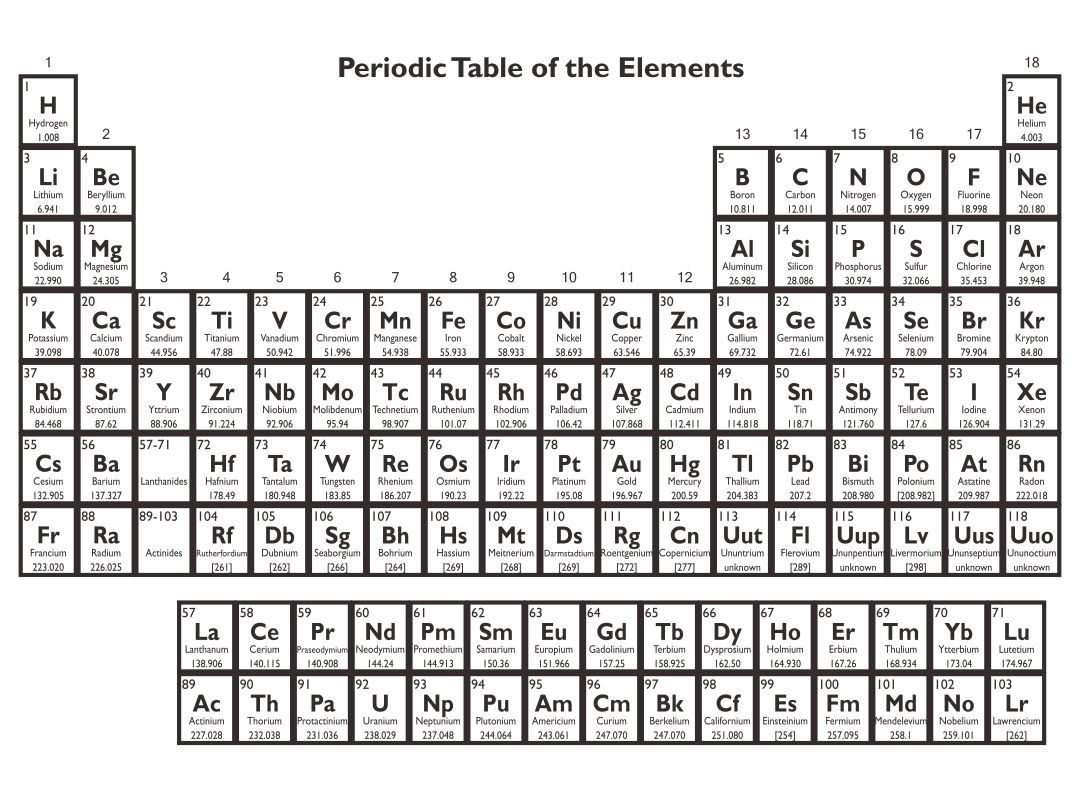

Hutton, Royal Sociery of Chemistry, 2005. International Union of Pure & Applied Chemistry: Commission on the Nomeclature of Inorganic Chemistry, Nomenclature of Inorganic Chemistry Recommendations 2005, Eds.Those in bold type represent the IUPAC names but, not surprisingly, each country prefers its own spelling, because in each case they are part of the respective English language variant (IUPAC does not seem to recognise all these variants). There are differences in spelling between a few English and American names (see Table). Its recommendations are published in the journal Pure and Applied Chemistry and sometimes books (ref. The names of elements and their symbols are approved by IUPAC. This is a great resource for students of chemistry and for anyone who. You can also view the stroke order of each symbol in the table. You can use it to look up the symbols and names of the elements, as well as their atomic numbers and categories. WebElements element home pages give the names of the elements in: The Chinese periodic table is a great resource for finding information on the chemical elements. Temporary IUPAC systematic names for elements with atomic numbers greater than 118 are given in ref. The origins of the names of the elements are given in refs.

See below for differences in names used for English and American variants of English. What You Need to Know About the Element Argon. Printable Periodic Tables (PDF) The Origin of the Periodic Table of Elements. 1) is dependent upon language and indeed upon language variants. Interesting Facts About the Element Hydrogen. The name by which elements are known (ref.


 0 kommentar(er)
0 kommentar(er)
